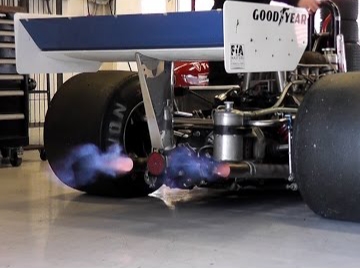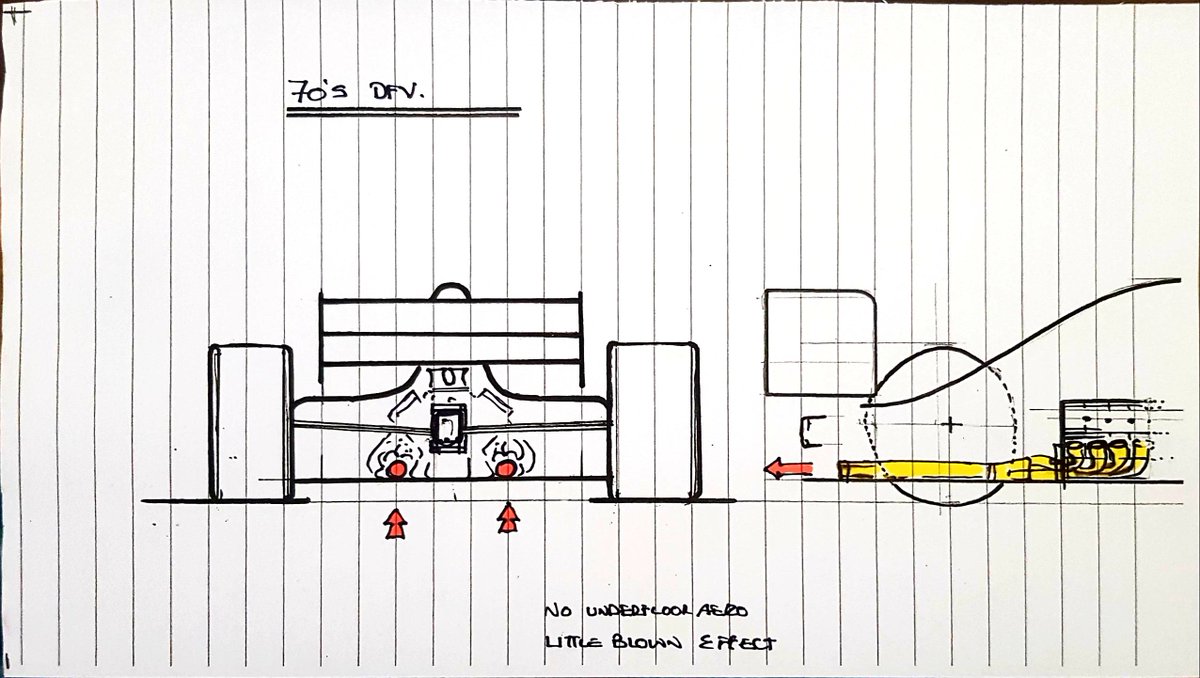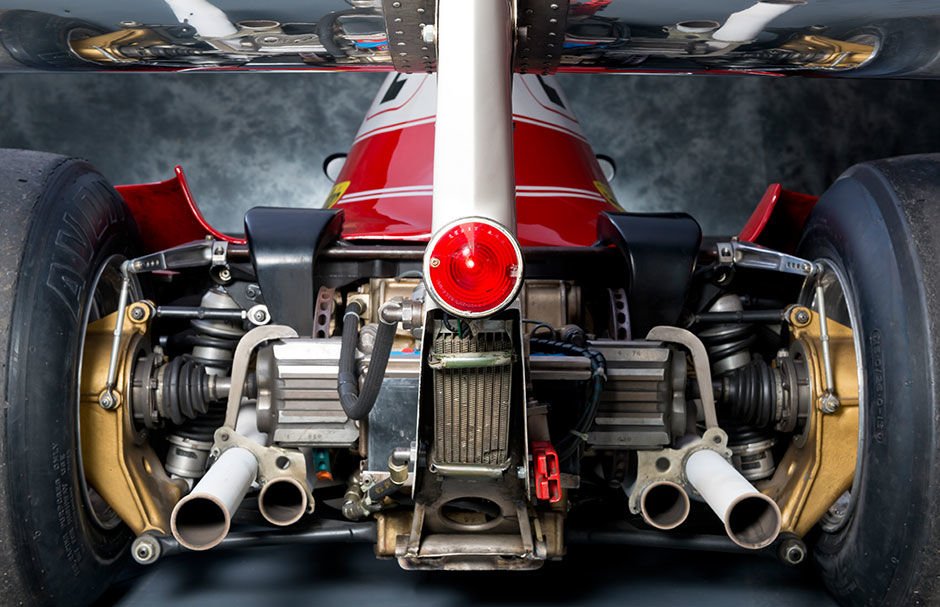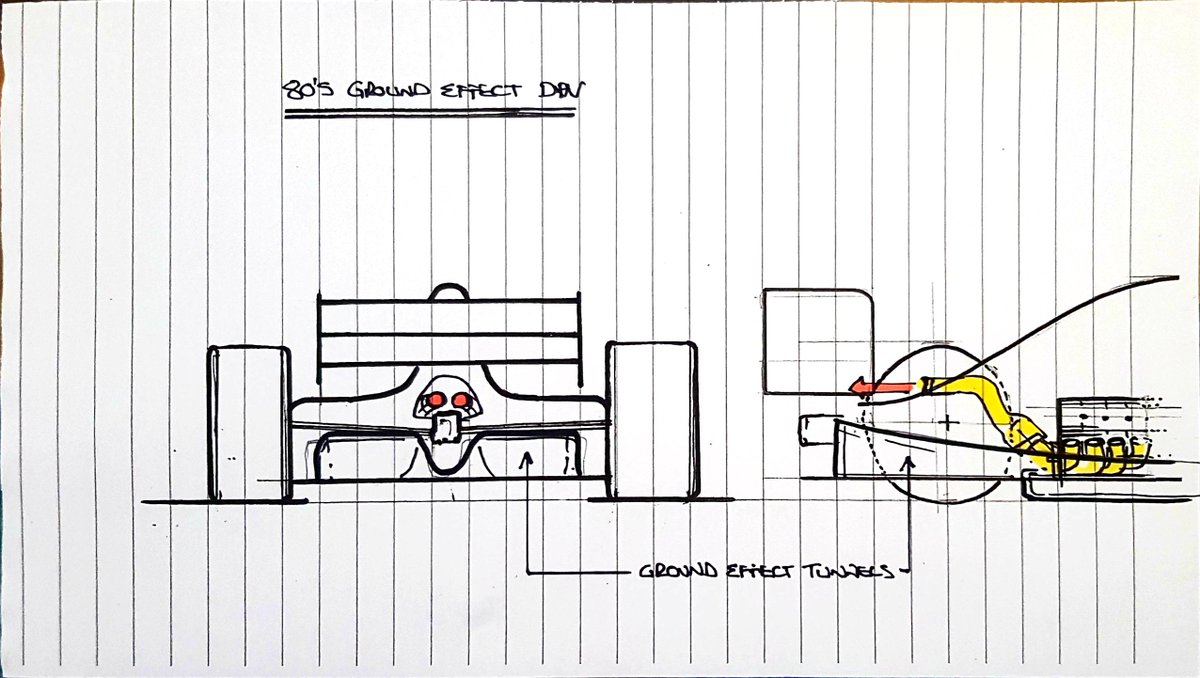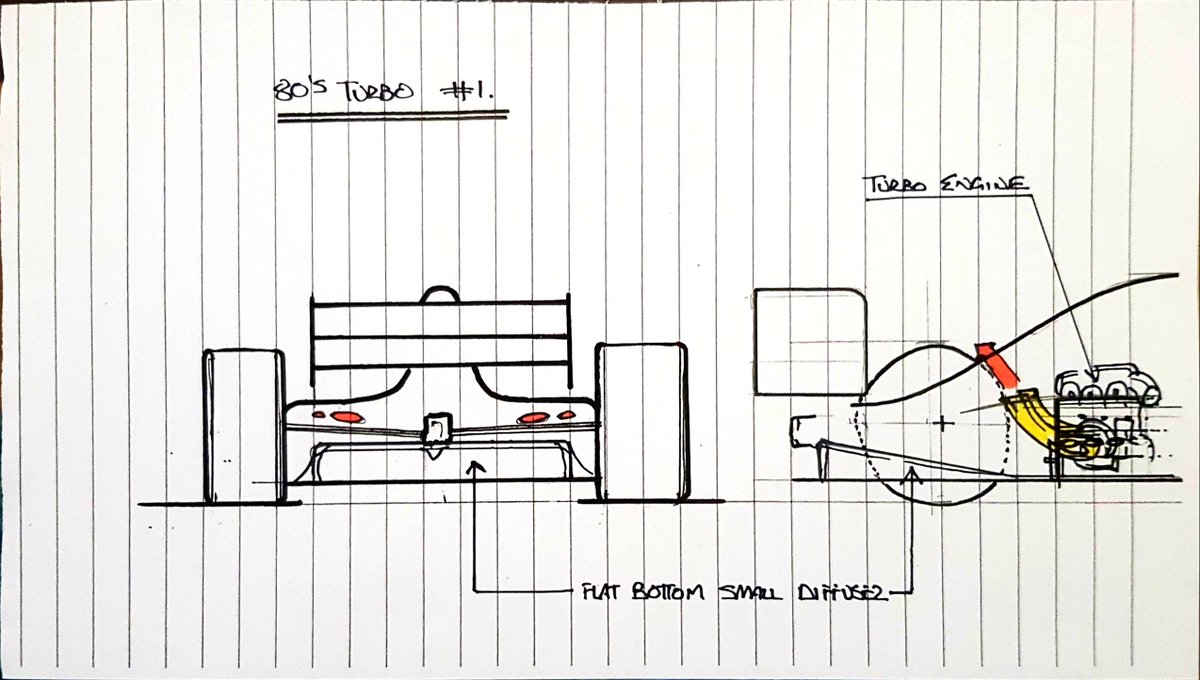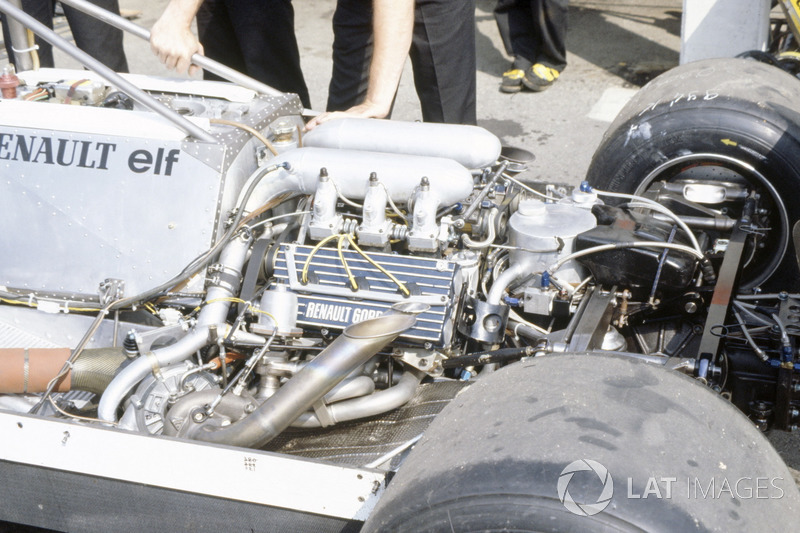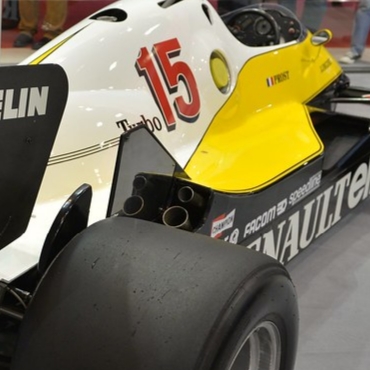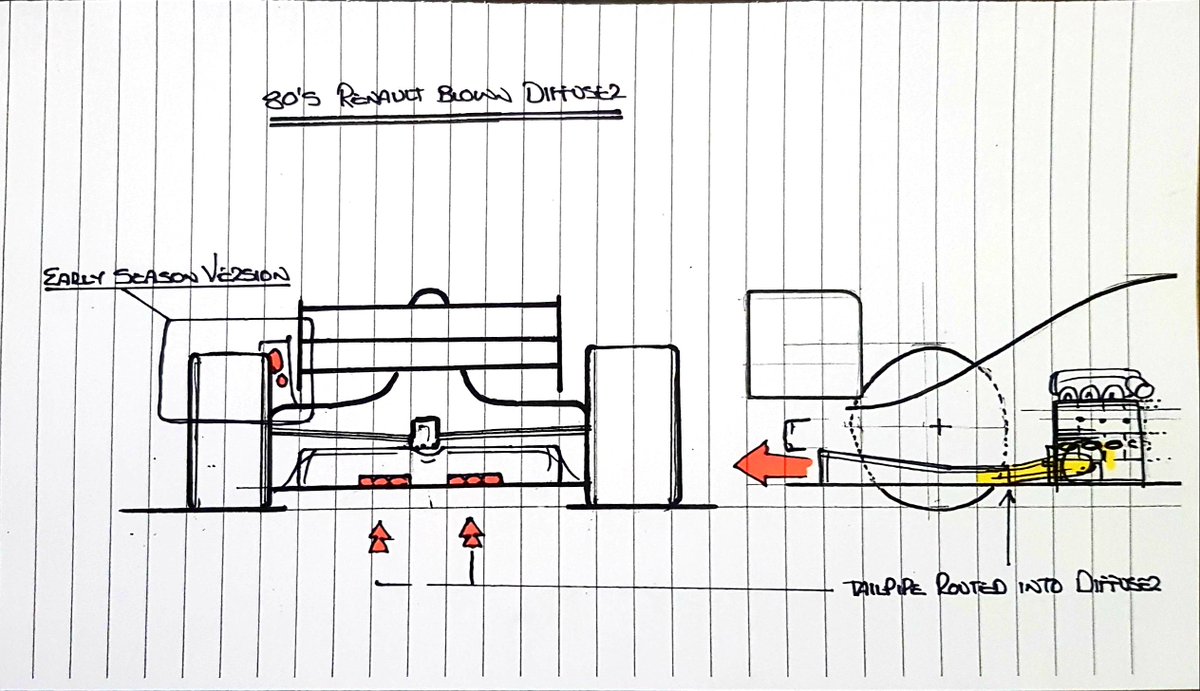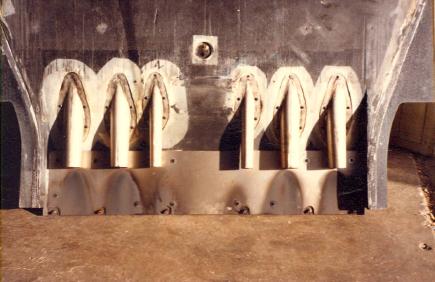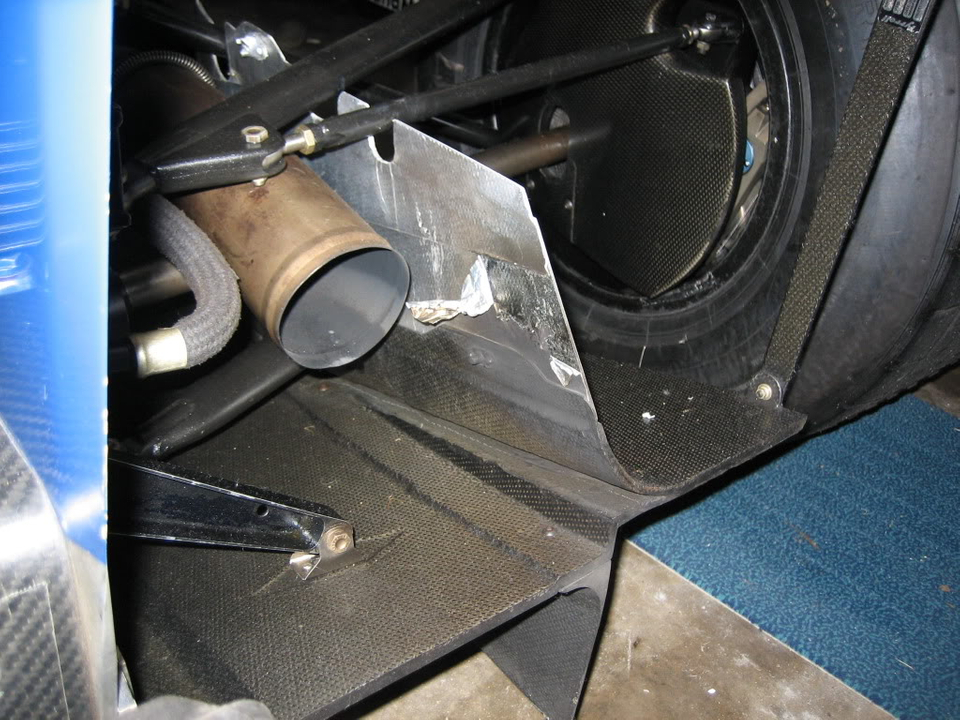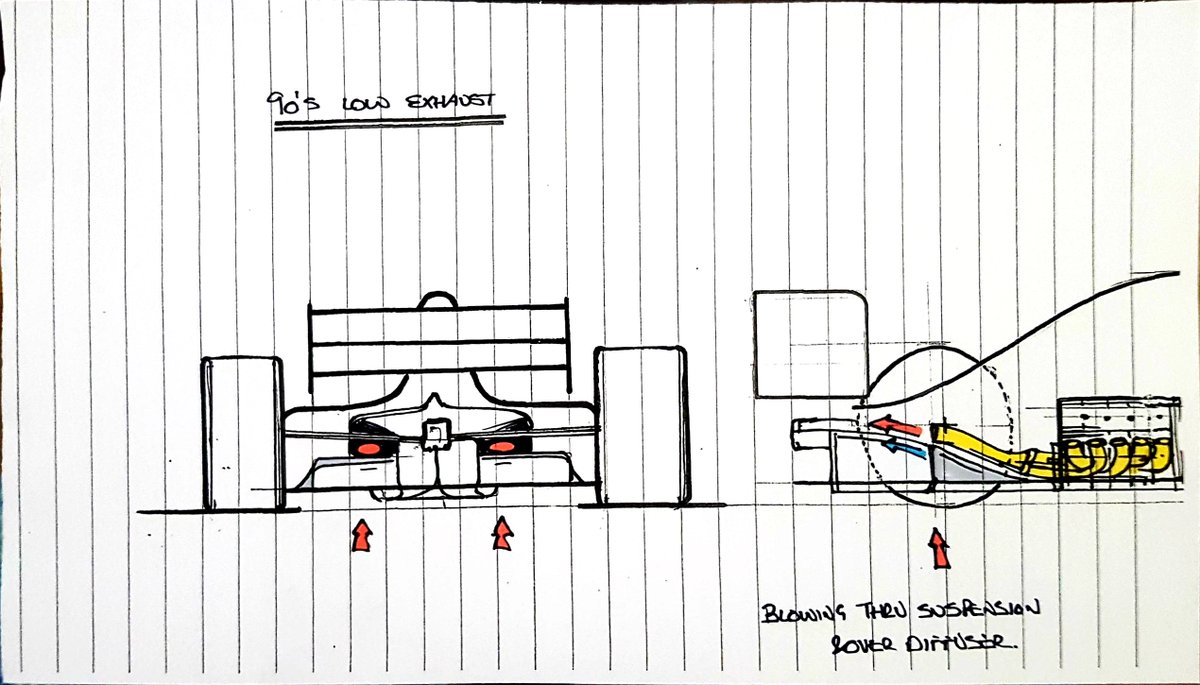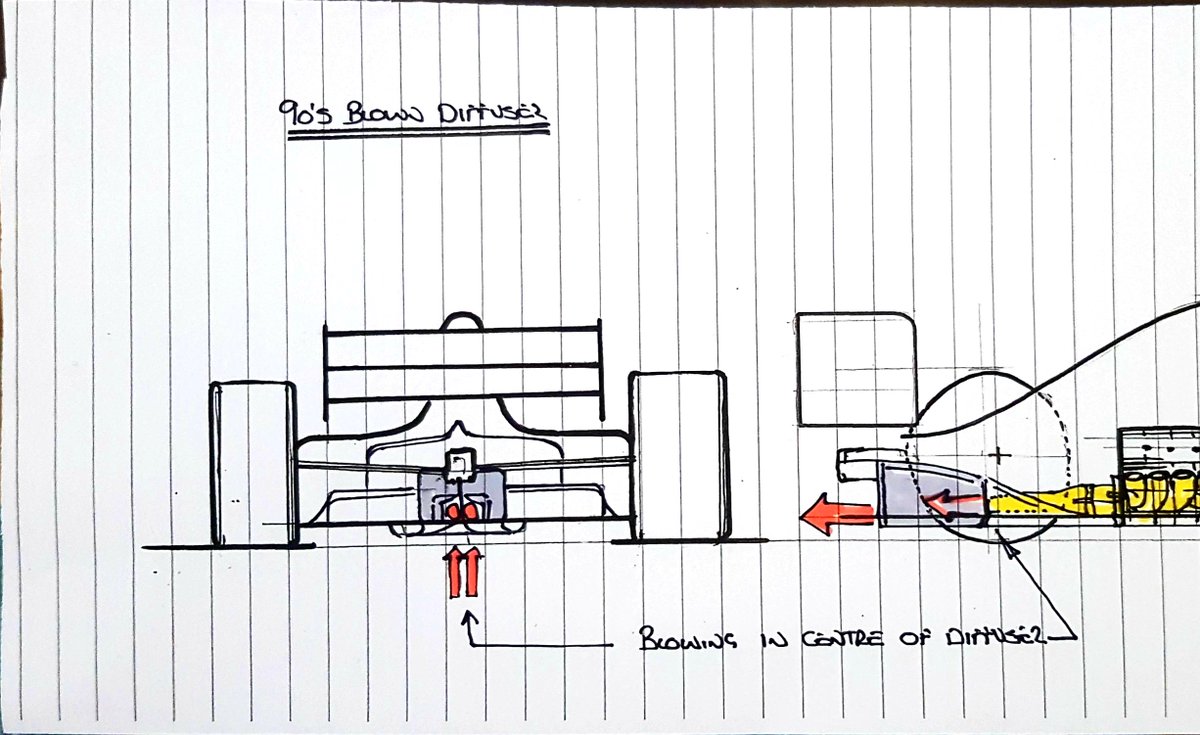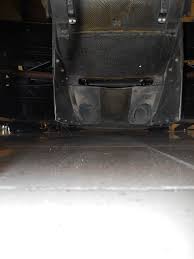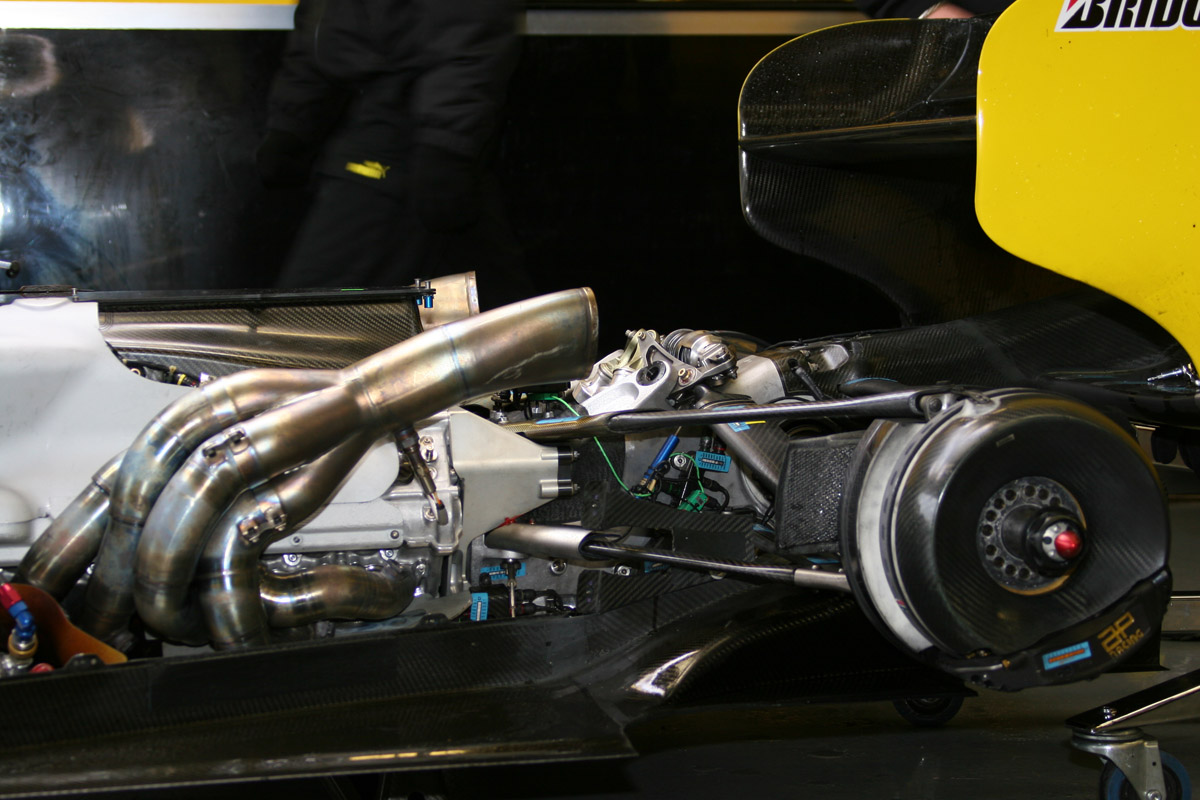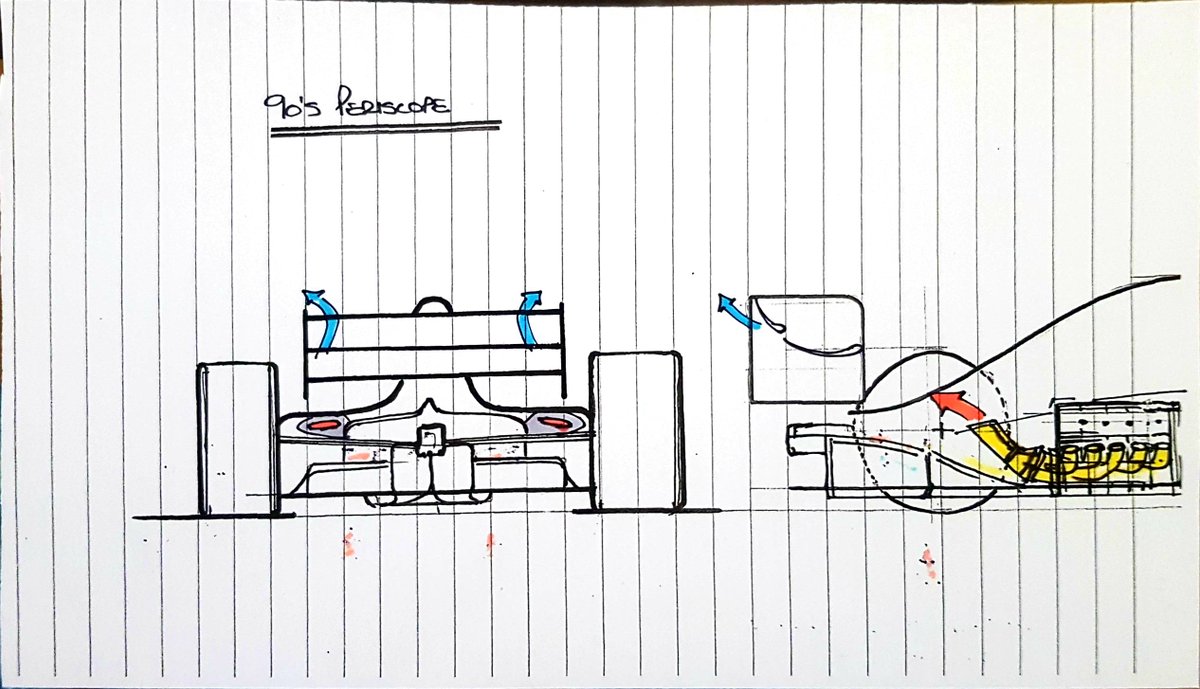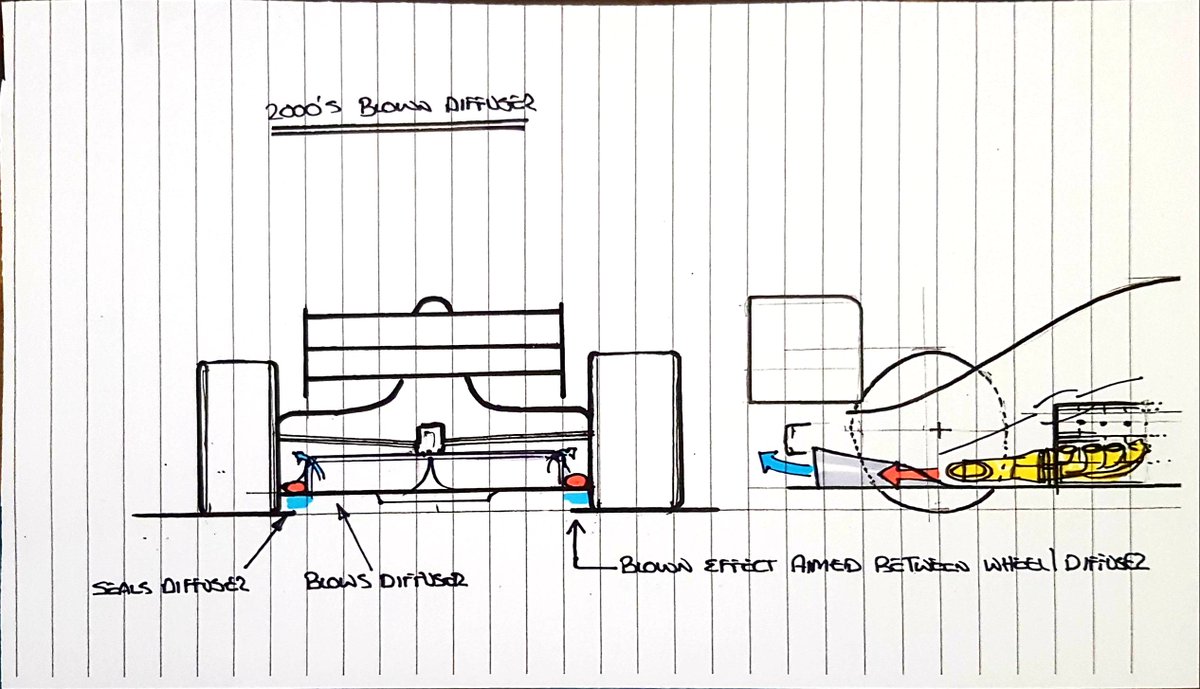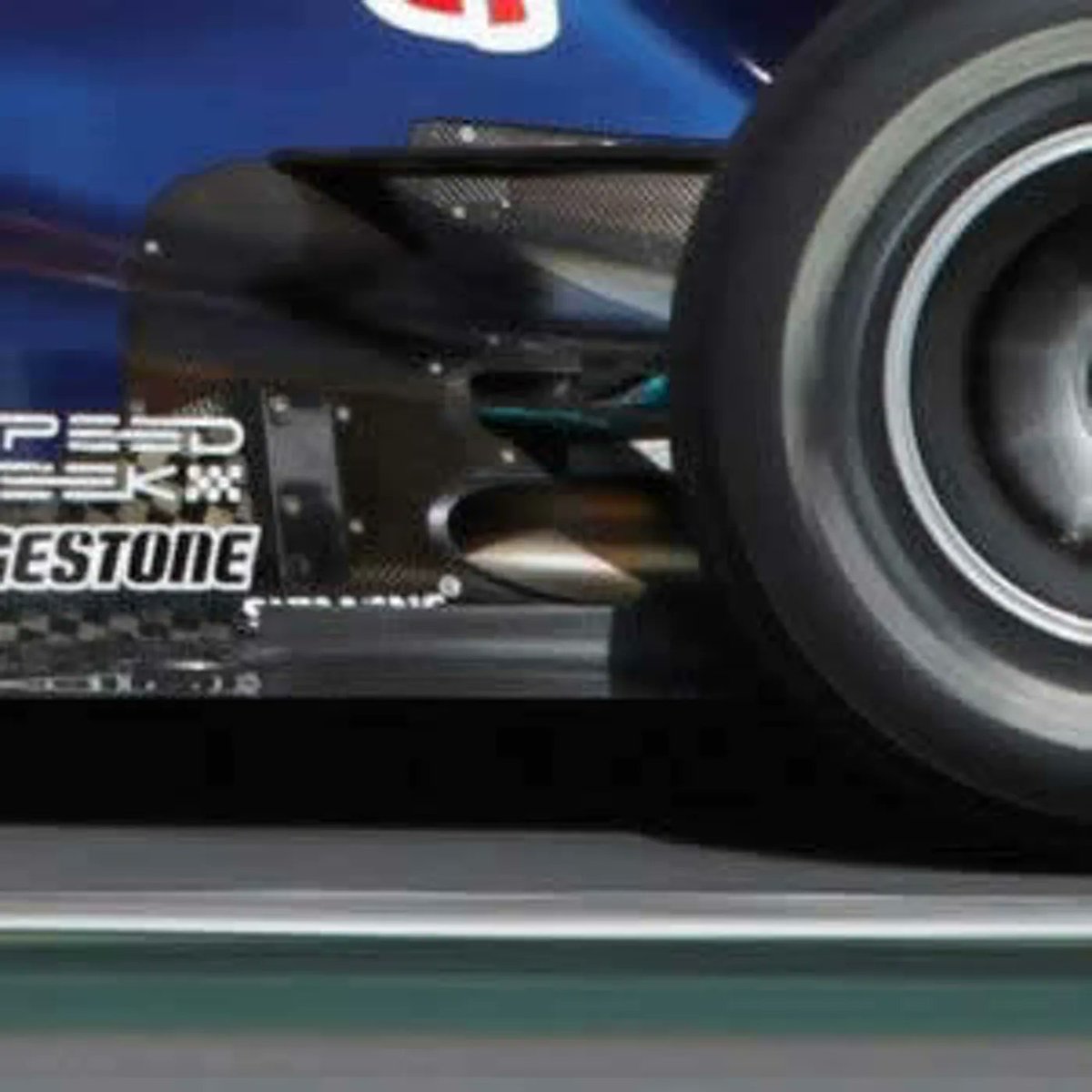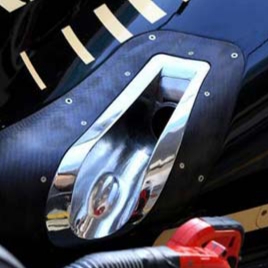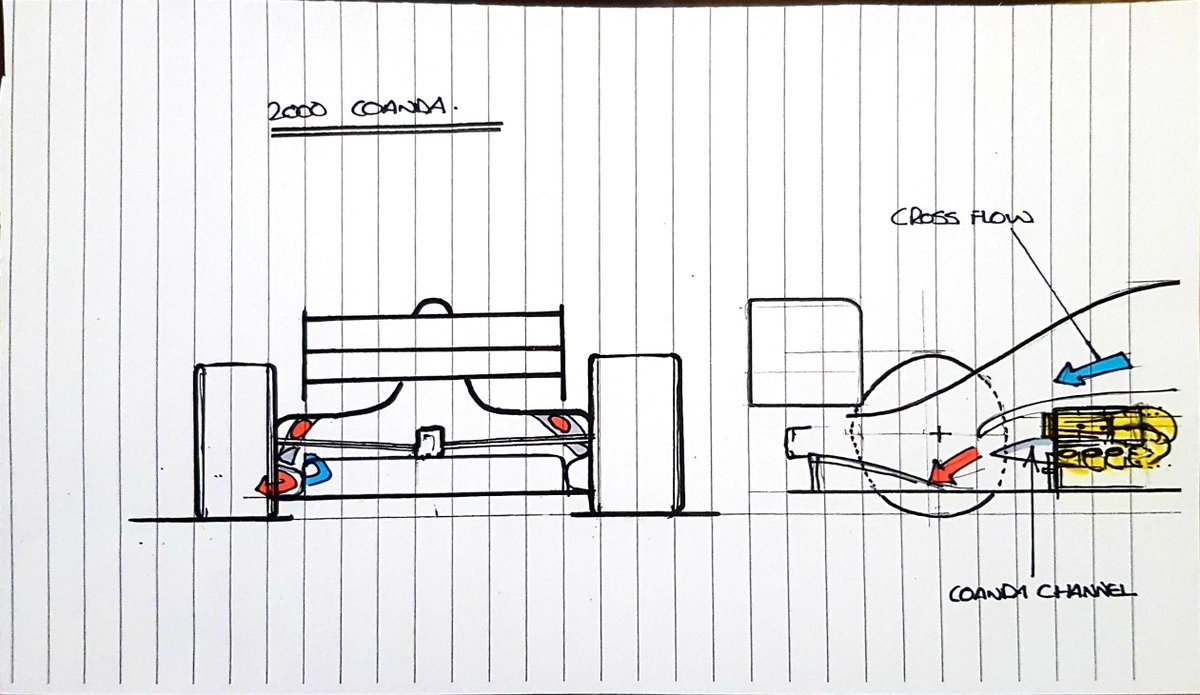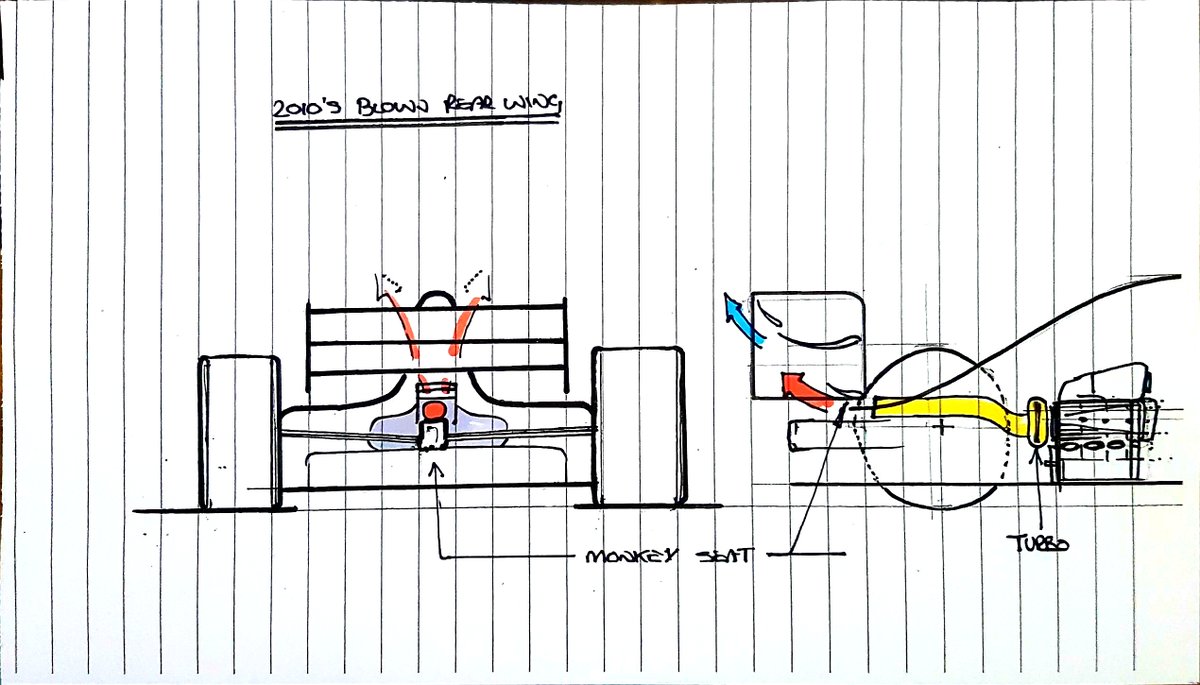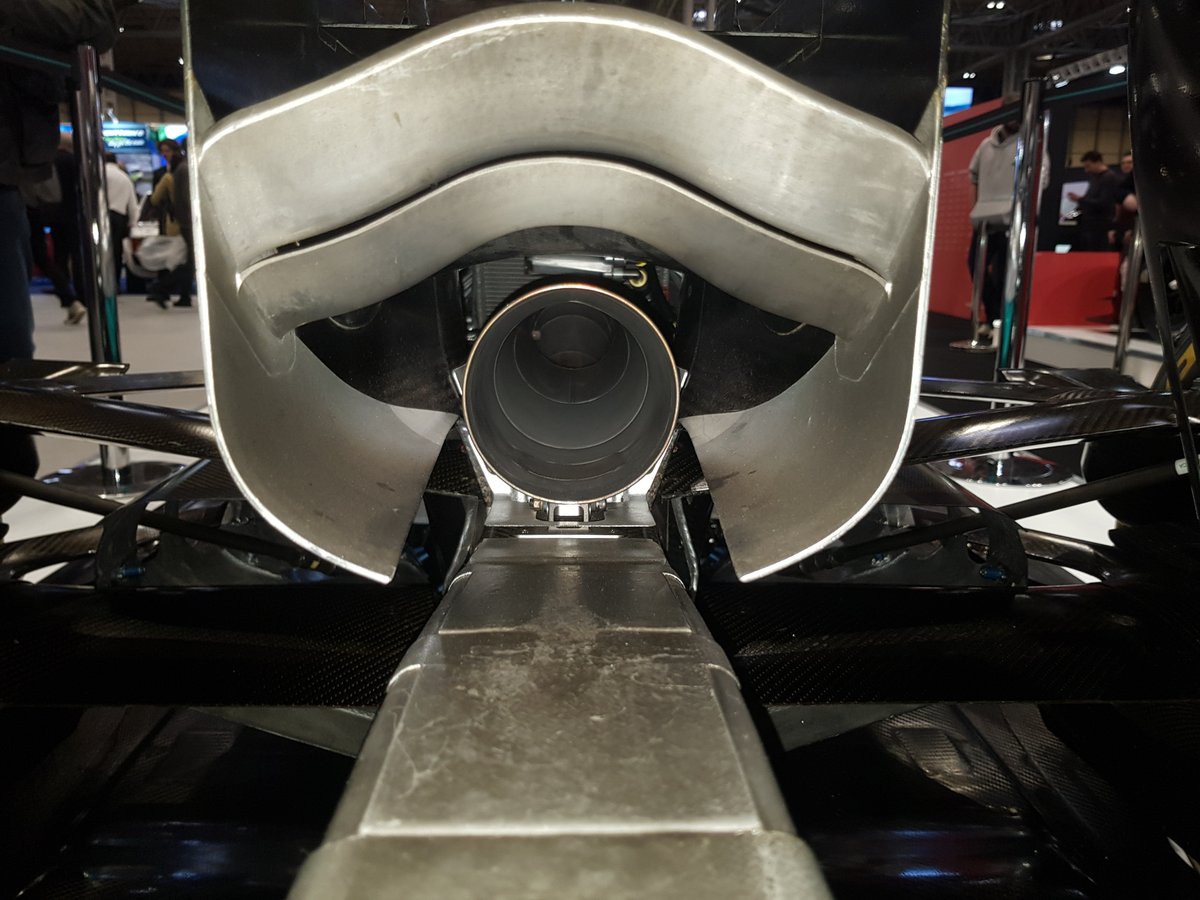A simple (and semi comprehensive) thread on #F1 exhausts and their blown effects.
Designers have learnt to cope with the exhaust& #39;s heat rejection and take advantage of their blowing gasses.
Designers have learnt to cope with the exhaust& #39;s heat rejection and take advantage of their blowing gasses.
If you’ve ever put your hand over a road car exhaust tailpipe, two things you’ll feel is the exhaust gas pressure and its hot. Both has impacts on #F1 exhaust design, with no muffler/silencer and far high displacement/RPM both effects are amplified with the race car set up.
Back in the 70s, exhausts were packaged largely for engine tuning reasons, no tight radii and nice straight tailpipes. The whole package was kept low and out of the way, as there was little in the way of underbody aero to affect it.
Then Lotus introduce wing cars and the ground effect tunnels meant low packaged exhausts got in the way. They introduced this upswept centre exiting package on the 79, the heat was now above the gearbox, although a heat shield was still fitted below it.
At the same time turbo engines arrived in F1. Each turbo had a tailpipe and wastegate pipe, the heat generated in the exhausts was far higher. Teams keep the exhausts short to reduce back pressure and exited them upwards to get the heat out of the way of the rear of the car.
In 1983 Renault’s aero team had put the exhaust exits outboard and ahead of the rear tyres, Jean Claude Migeot latterly designed a system that blew the exhausts straight into the diffuser throat.
The twin turbo tailpipes were split into three smaller outlets, these blew through the diffuser increasing flow and creating downforce. Now the diffuser created downforce at lower speeds, as long as the engine rpm was high.
By the nineties teams were finding the handling upset as the exhausts blew less off throttle. Teams took the exhausts out of the throat of the diffuser and routed them through the suspension and over the top of the diffuser. Less effective, but also less sensitive.
Newey at McLaren and Minardi, routed the exhausts into the centre of the diffuser, this was less sensitive to throttle, but was still a compromise. Newey ditched this design when Mercedes wanted ever shorter exhausts and moved to periscope style exhausts.
Having exhausts through the suspension, the introduction of carbon suspension arms, meant the heat could weaken them. Ferrari put the exhaust up and over the bodywork to take the heat issue away. The blown effect was rear bodywork, cooling outlets or even the rear wing
It was Newey now at Red Bull that reintroduced the blown diffuser in 2010. Routing the exhaust out the edge of the sidepod, to initially blow through a hole in the diffuser to increase flow. This was a very powerful solution and was worth the heat put into the rear bodywork.
Rules soon stepped into reduce this effect, closing the holes in the diffuser, so the exhausts were rerouted to blow in the gap between the wheel and diffuser, this kept the tyre wake out of the diffuser and also entrained airflow out of the diffuser.
Rules raised the exhausts & pointed them upwards. 2 effects redirected the exhaust gasses downward, partly the crossflow over the top of the sidepod, but largely a downcurved channel that the gasses followed via the coanda effect. Gains were as big as the rear floor temperature

 Read on Twitter
Read on Twitter